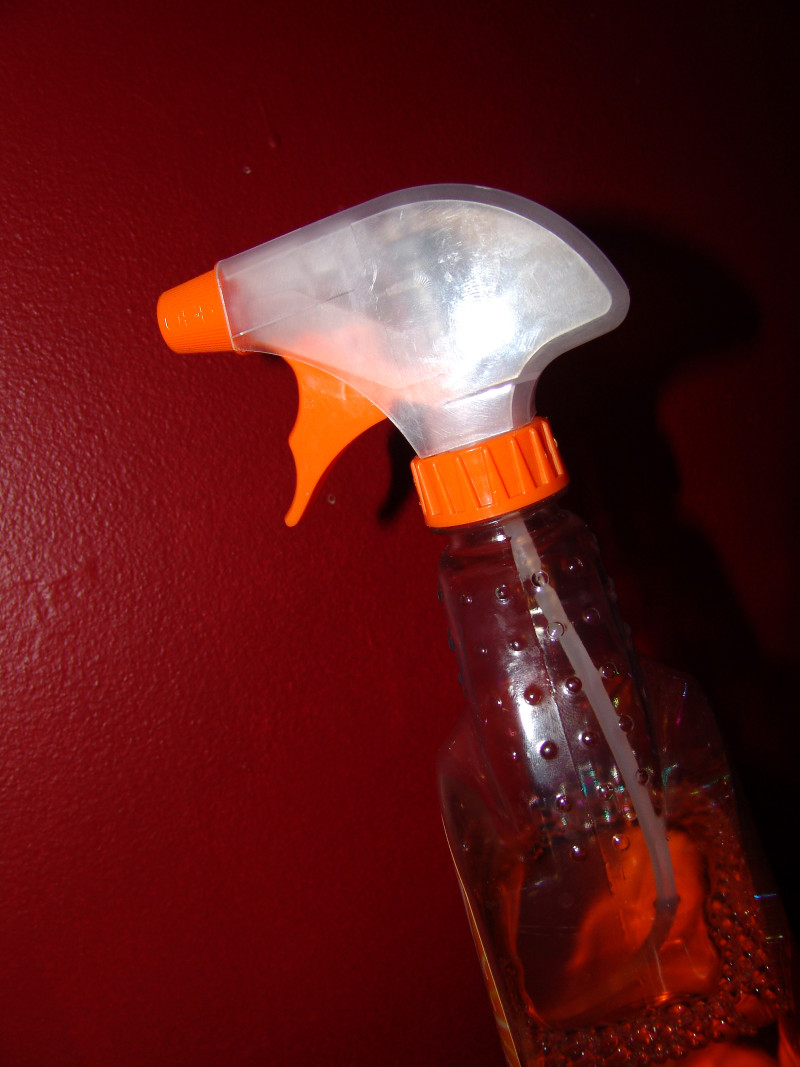
Household Cleaning Products Risky?
We purchase cleaning products for our home, based on several different influences. However, the household cleaning products you are purchasing could be putting your health at risk. When purchasing a cleaning product most of us don’t think about the toxicity of the product or the long term effects on our environment. The most important thing we focus on during the purchase is will it clean the way I want it to perform and the smell. Several of the main reasons we choose a particular household cleaning product are due to influences such as advertising, marketing, eye catching packaging, fragrance, and price. Do we stop to really think about what is in the product chemical structure? If we were a chemist or had a chemistry background we would probably think about the chemical structure and the toxicity of that chemical compound before purchasing the product. The average lay person unknowingly brings these chemicals into their home, around our children, pets, the food we eat, and virtually every surface in our home we touch.
Most cleaning products contain glycol ethers. Glycol ethers are derived from crude oil and is a generic term for over thirty solvents. It has been observed that overexposure to glycol ethers can cause anemia, irritation of the eyes and nose, along with intoxication. There have been further studies in laboratory animals; low level exposure has caused birth defects and damage to sperm and testicles.
According to AlterNet reports:
“You are exposed to the glycol ethers when you inhale them as the cleaner is used … Most glycol ethers can silently penetrate your skin and enter your bloodstream … If that were not enough, the glycol ethers also go through natural rubber gloves and many types of plastic gloves without changing their appearance.”
In an article by Dr. Mercola , Beware Most Green Cleaning Products Contain This:
“The typical American home contains 3-10 gallons of toxic materials, in the form of about 60 different kinds of hazardous household cleaning products. That’s right; the very things you use to clean your house are actually the primary sources of toxins and indoor air pollution that Americans expose themselves to year after year.”
Another chemical added in household cleaning products to be considered are ingredients with fragrances; examples are laundry detergents, fabric softeners, and household cleaners. The National Institute of Occupational Safety and Health has found that one-third of the substances used in the fragrance industry are toxic. But because the chemical formulas of fragrances are considered trade secrets, companies aren’t required to list their ingredients but merely label them as containing “fragrance.”
These are just a couple of items, but think of the many other chemicals that are put in that household cleaner with names so big we can pronounce them, let alone know if they are toxic or harmless.